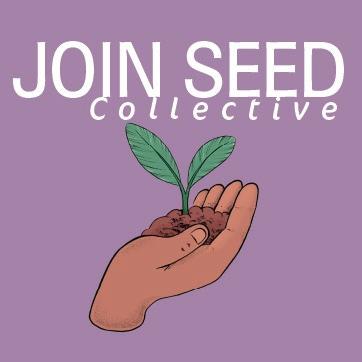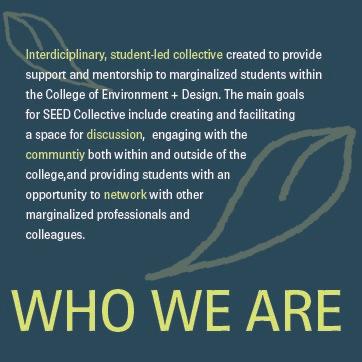MARGOT MCLAUGHLIN LANDSCAPE ARCHITECTURE PORTFOLIO 20



UNIVERSITY OF GEORGIA
Master of Historic Preservation | 2024
Bachelor of Landscape Architecture | 2023

CO-FOUNDER OF SEED COLLECTIVE (Students For Equity In Environment And Design)
GSLA ASLA

LEED GREEN BUILDING ACCREDITATION

mem13774@uga.edu
404-989-7828
Landscape Architects are tasked with influencing the relationship between humans and the environment. This includes how we interact with it, benefit from it, and the role it plays in our lives. The people-place relationship is so important as it shapes how we view ourselves within the greater network of the planet and our responsibility to it.
My goal as a landscape architect is to help create connected, healthy, vibrant communities that prioritize the well-being of people and foster a high quality of life that I believe everyone deserves. Our relationship with the world starts with our relationship with our community. At a time where the health of our planet is in jeopardy, we need reconsider our relationship with the environment, which can start with communityoriented design.
As a designer, I aim to practice an inclusive and wholistic community-oriented design process that strengthens communities from within; One that respects the historic fabric of an area while visioning for the future.
1 2 3 4
INTERNATIONAL DESIGN
1000 YEAR PARK
CORTONA PARTERRE
LOCAL DESIGN
LAYTON PARK
PIEDMONT PLAZA
JACKSON ST. BUILDING
CONCEPTUAL DESIGN
DYNAMIC EXPLORATION
FASHION & GRAPHIC DESIGN
ELLERY COLLECTION
SEED COLLECTIVE




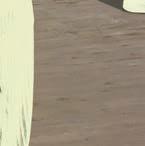
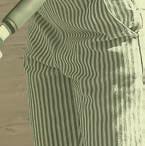
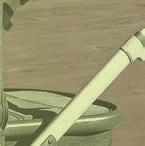



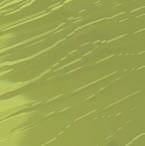



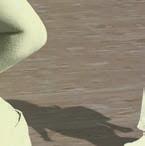

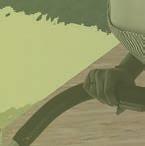

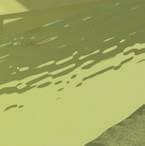






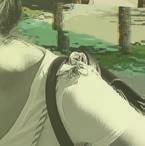

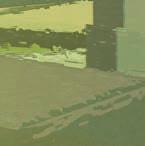
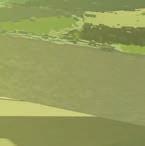







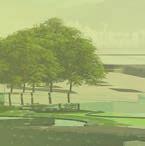
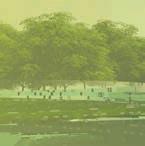


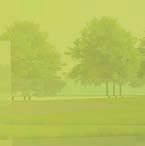
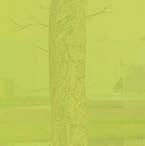

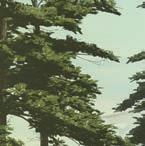

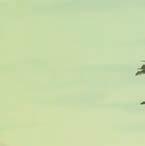







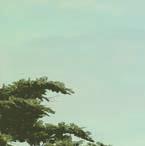
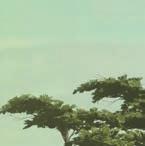














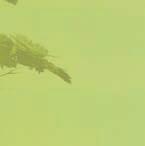













Busan, South Korea
Cortona, Italy
 Perspective created with Photoshop, Lumion and SketchUp
Perspective created with Photoshop, Lumion and SketchUp









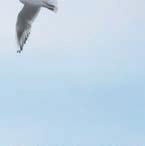

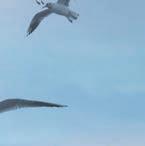













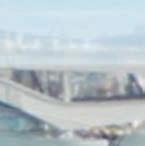
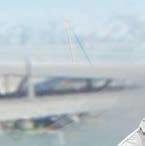

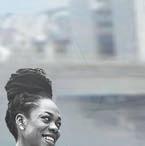




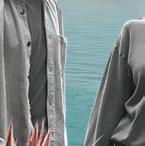
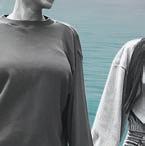

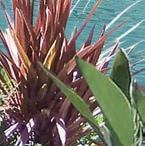

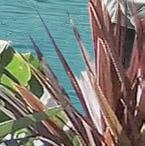




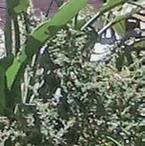

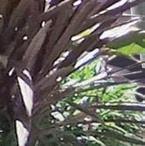
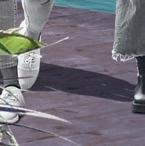
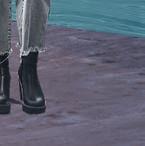











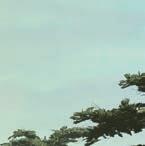
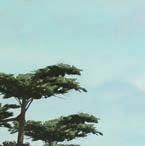


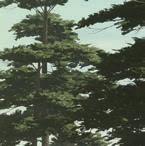



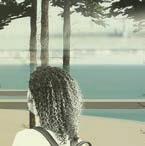
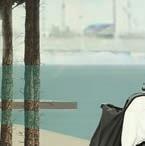



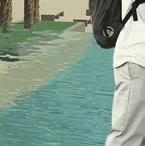

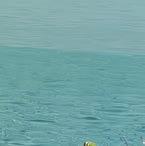

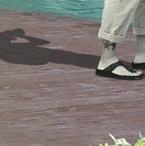
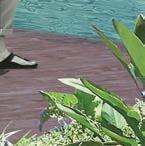
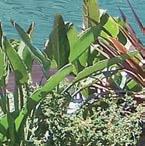

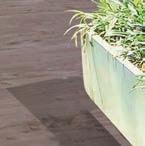
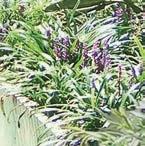
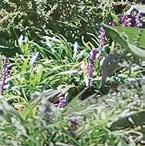


































































This waterfront park is located in the heart of Busan, one of South Korea’s busiest and most populated cities. The site is just down the coast from the famous Jagalchi market. The goal of this park is to create a greenspace for locals and visitors that strengthens local hydrological systems, connects people both physically and communally, and is resilient in the face of sea level rise.
Studio group project Busan, South Korea
Fall 2022













































Residential design aimed at creating a peaceful and vibrant, sanctuary for retired individuals in Athens, GA. This design accommodates a variety of mobility needs, seen in the grading, pathways, and raised garden bed for seamless engagement with nature.
 GROUP MEMBERS: Alexis Kellner and Ashley Daniel
GROUP MEMBERS: Alexis Kellner and Ashley Daniel









This shrine was located in Yongdusan Park and served as a shrine for Japanese occupants of Busan.
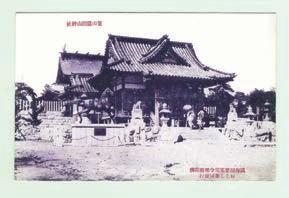



Busan has been a densly populated urban center for many years. Due to the Korean War, many Koreas migrated South to Busan in the 1950s.

Busan is South Korea’s second largest city.


LEFT: Daechangjeong st., Busan c. unknown
Largest fish market in South Korea, established during Japanese Colonial Rule. Known for the “Busan Wives” notable for their strength and financial support of their families.



PICTURED: South Korean Marketers c. 1910 and 1930







Busan has been an key trading city for hundreds of years.
Busan served as a major trading port for Japan during the colonial period due.
BOTTOM: Busan port c. unknown. LEFT: Busan Station St. c. unknown
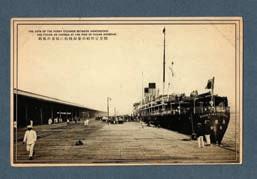
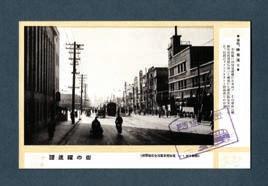




















































Image Source: http://waks.aks.ac.kr/rsh/?rshID=AKS-2017-KFR-1230003






























According to the National Oceanic and Atmospheric Administration (NOAA), sea level rise is predicted to be about one meter every 278 years. On this project, we have designed four sections of the park, rising one meter each. We acknowledge the many unknowns that accompany predicting and designing for sea level rise, and we have treated this concept as both a hypothetical solution and a visual tool for awareness, by manipulating the landscape to reflect the effects of climate change on coastal landscapes. The goal of these levels is to create usable recreational space that can withstand climate change.






















































































The form and texture of coral was the inspiration behind these multipurpose sculptural pillars. In the present, they serve as structural support for the raised boardwalk and seating for park visitors. In the future, they serve as constructed coral, creating habitat for sea life. These pillars are designed to last for years to come.
 Exploded axon of park levels
Exploded axon of park levels
LEVEL 1
Stormwater collection and filtration




















































Creating connection between people and water
Constructed wetland habitat











PREDICTED FLOODING DATE: 2300
LEVEL 2











Shaded grove seating

Community gathering space

Water feature
PREDICTED FLOODING DATE: 2578




































LEVEL 4
Community event and gathering space
Vegetated terraces











Multi-age playscape
PREDICTED FLOODING DATE: 2858
RAISED PARK AND BOARDWALK
Connection to west entrance
Views of water and city




Recreational space for the future

PREDICTED FLOODING DATE: 3134
 *SketchUp created by Ashley Daniel
*SketchUp created by Ashley Daniel
















VIEWPOINTS























ADA ROUTES

















GREENSPACE










BIOSWALE


























ELEVATED BOARDWALK: Raised boardwalk connecting West side of site to park and providing connectivity to the water. Perspective created with Photoshop, SketchUp and Lumion.






GATHERING SPACE CIRCULATION
WATER FEATURE: Gathering space and opportunity to connect with water. Perspective created with Photoshop, SetchUp and Lumion.
 *Created by Alexis Kellner
*Created by Alexis Kellner
Seating Grove





Vegetated Mounds

Gravel Plaza

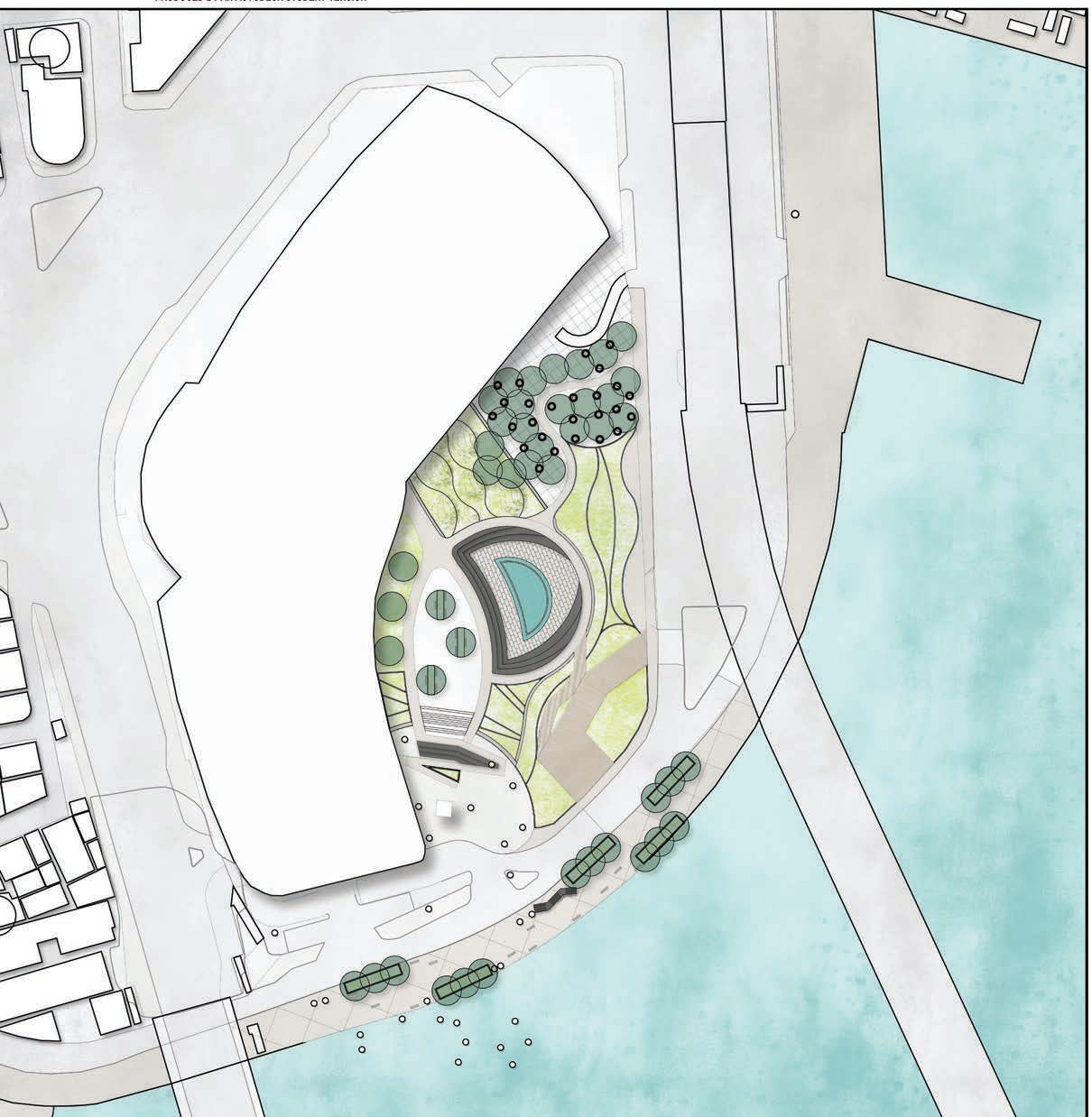
Terraced Seating and Playscape
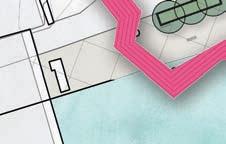

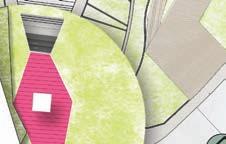

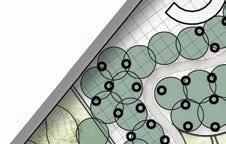
Raised Planter
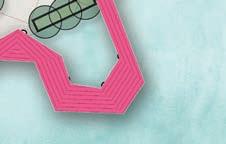
Elevator



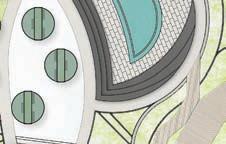
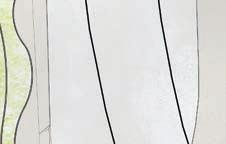
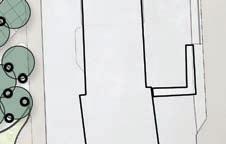
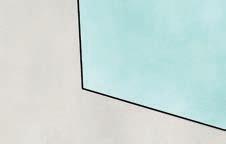
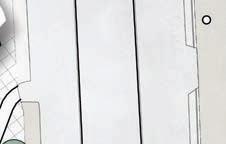
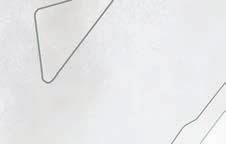

Terraced Bioswale

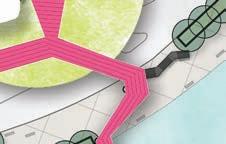
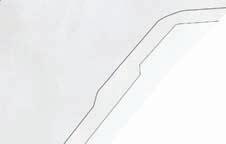
Recessed Water Feature





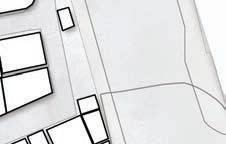




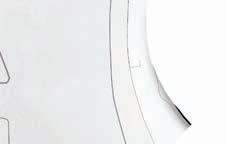





Boardwalk over Bioretention System
 Raised Boardwalk
MALL
Raised Boardwalk
MALL
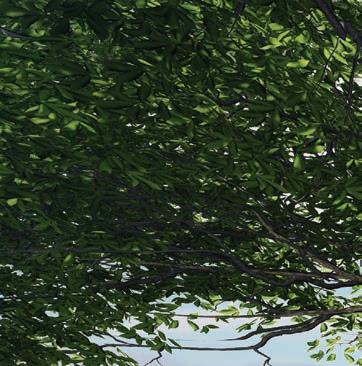
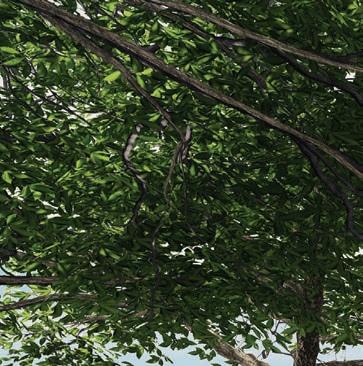
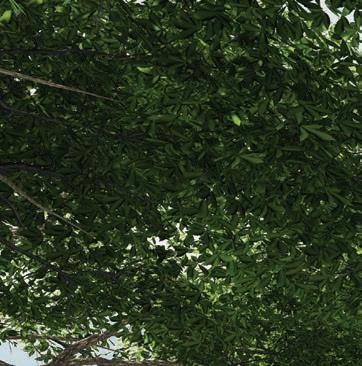
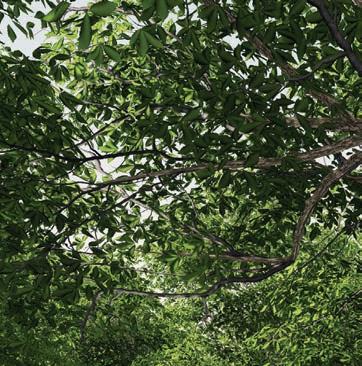
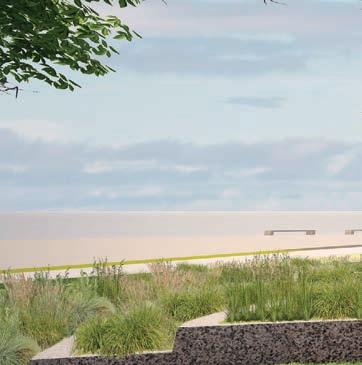
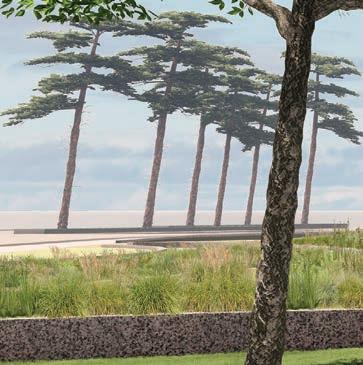
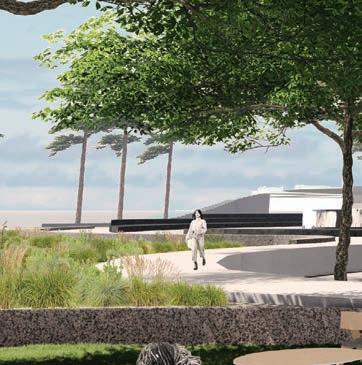
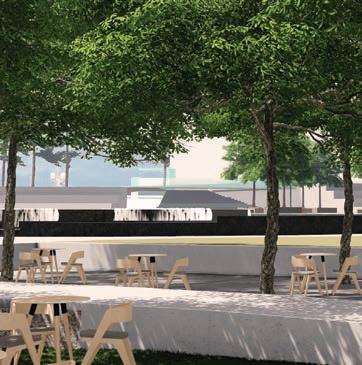


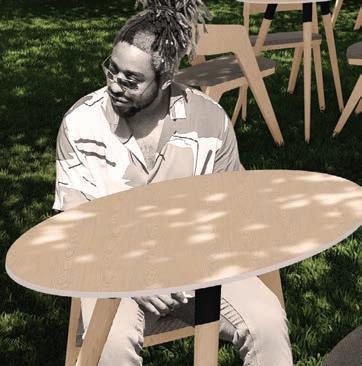
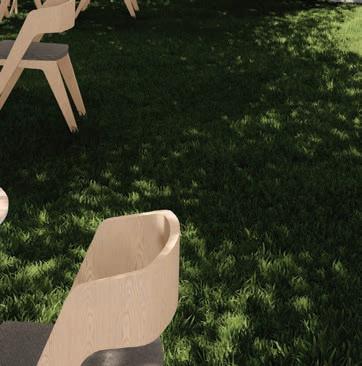

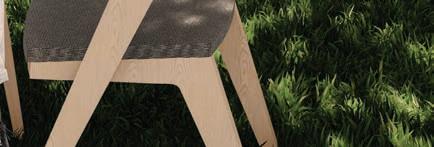 GROVE: Shaded seating for park visitors and shoppers. Perspective created with Photoshop, SketchUp and Lumion.
GROVE: Shaded seating for park visitors and shoppers. Perspective created with Photoshop, SketchUp and Lumion.
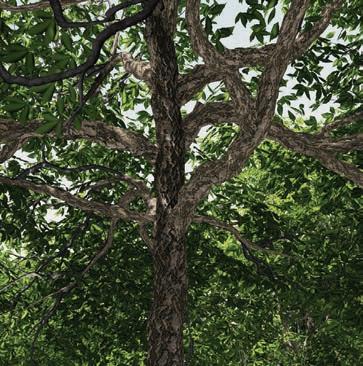

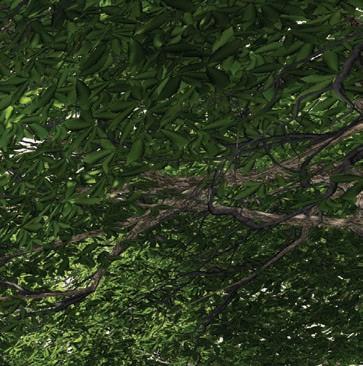
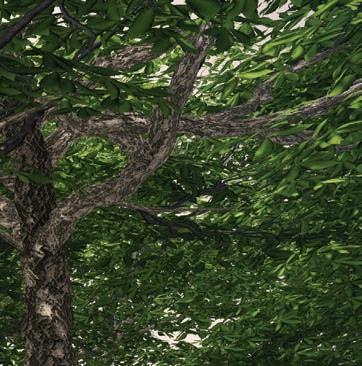

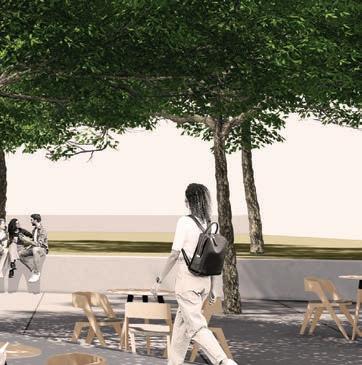
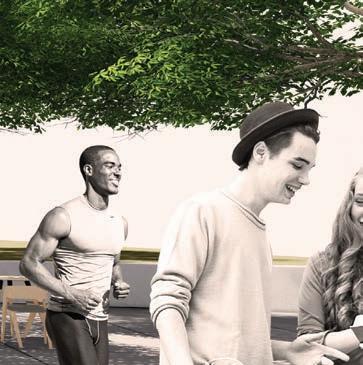
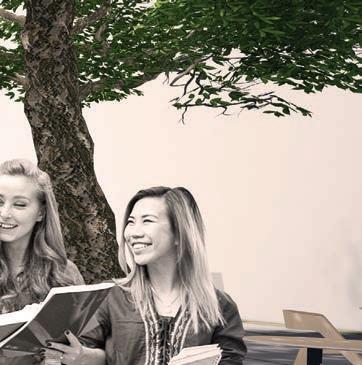


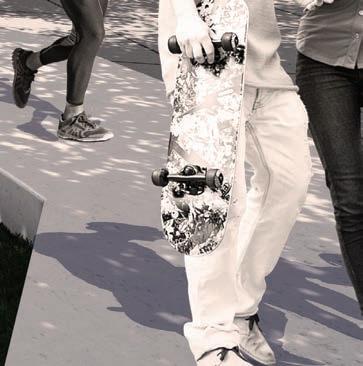
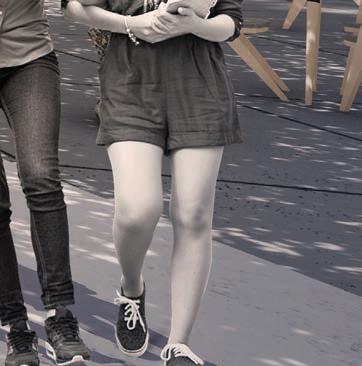

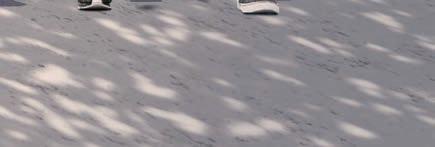
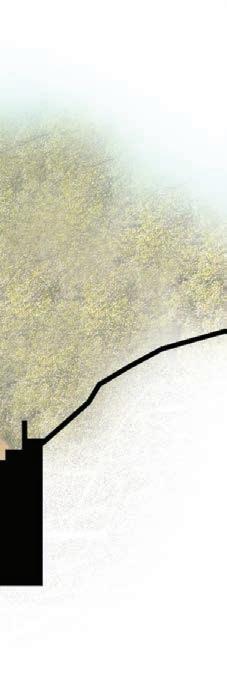
The Cortona Parterre is a historic park in the heart of Cortona, Italy. The park has served as a significant cultural resource since the 19th century, but today is suffering from a lack of biodiversity, discontinuous organization, and loss of the historic stone amphitheater as a usable space due to tree growth. This design aims to honor the past, while revitalizing the park for active use through the future.

Cortona Study Abroad Studio
Cortona, Italy
Summer 2022
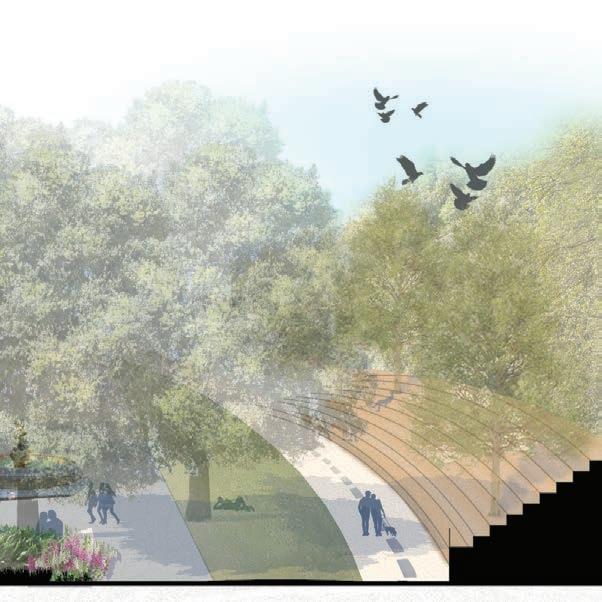








Planting is uniform and homogeneous through the entire site
No path hierarchy. All pathways have same weight and follow a linear, radial arrangement























No relationship between World War I monument, Fountain, or Kehoe statue
View from amphitheater inhibited by trees, rendering the space inactive and unused.
No clear entry path into park. Monument blocks natural pathway from steps
Consideration of various levels of sun exposure to inform plant selection and placement
Establishment of main circulation routes creating a primary path network



Observation of natural relationship between each monument
Creation of open lawn space for amphitheater-related events and addition of shade trees
Addition of triangular garden bed directs flow of movement around monument and into park
Addition of secondary path that introduces curvilinear form







Incorporation of pattern to create a tertiary path that creates viewsheds between sculptures
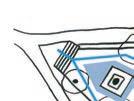


1 2 3

AMPHITHEATER ACTIVATION AND PRESERVATION
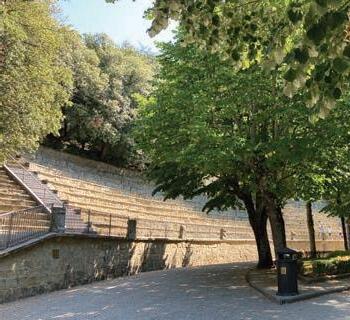
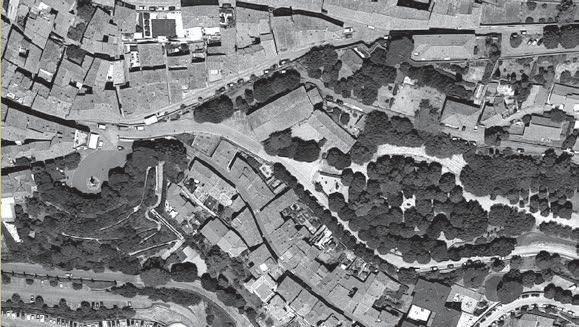
MAINTAIN HISTORIC PARTARRE ‘FEEL’
INCREASE BIODIVERSITY
CREATE HIERARCHY
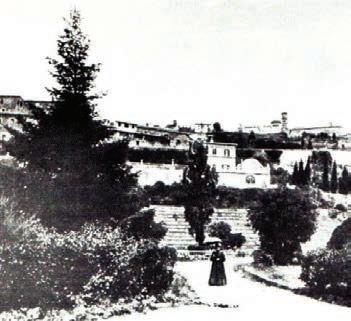
The park has significantly more shade, the growth of American Linden trees, and several varieties of pines.
shade, due to trees, Holm Oaks,

While the amphitheater was previously utilized, the space is currently inactive due to poorly placed trees that block its view, and harsh, fullsun conditions.
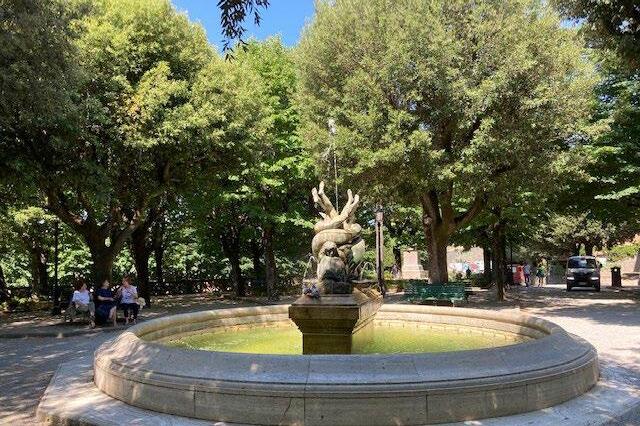
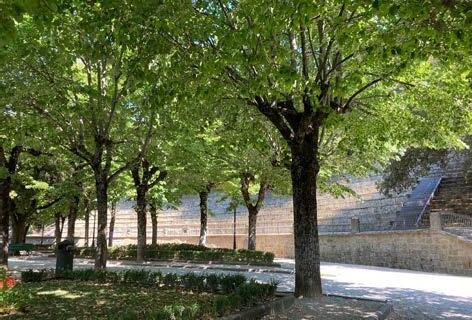
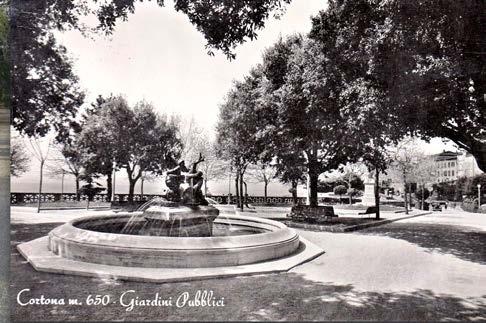
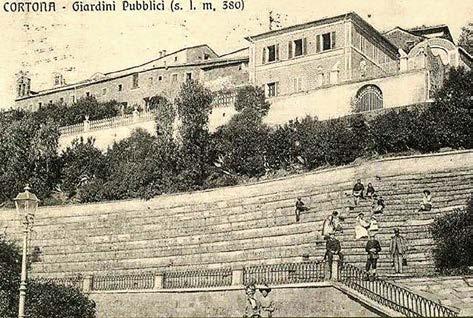
 lush planting
Fontana Dei Delfini in summer of 2022
Historic amphitheater date unknown.
Postcard of Fontana Dei Delfini, installed in 1954 and designed by Ignazio Lucibello/
lush planting
Fontana Dei Delfini in summer of 2022
Historic amphitheater date unknown.
Postcard of Fontana Dei Delfini, installed in 1954 and designed by Ignazio Lucibello/
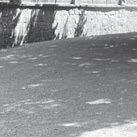
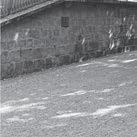
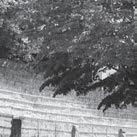
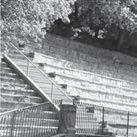
AFTER
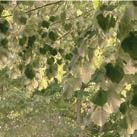

The goal is to reactivate the amphitheater space, bringing both shade and room for events, in order to provide Cortona with a functional and beautiful space to come together as a community.
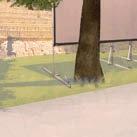
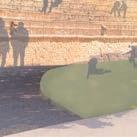

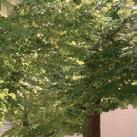





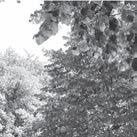
KEY


Monaserto Santa Chiara
Monument to the Fallen of the First World War
Fontana Dei Delfini
John Kehoe Statue
Garden Beds
Lawn
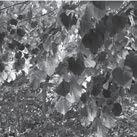
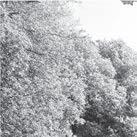
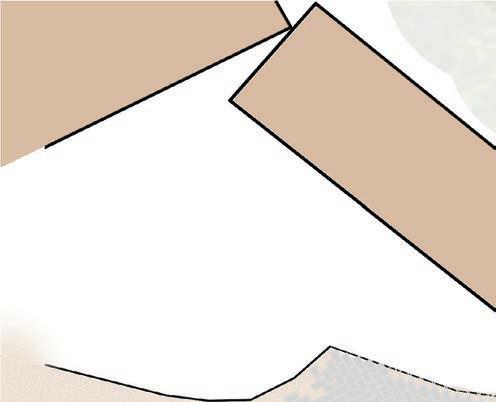
Water Fountain
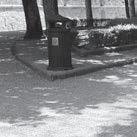
Amphitheater
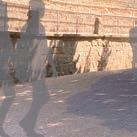

Public Restroom
Path to Playground and Tennis Courts
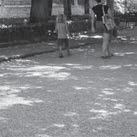
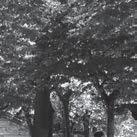
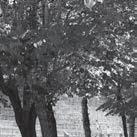




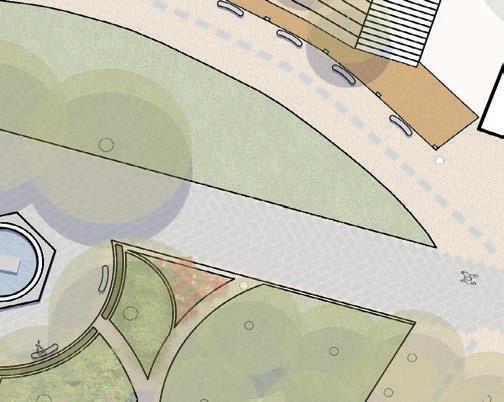


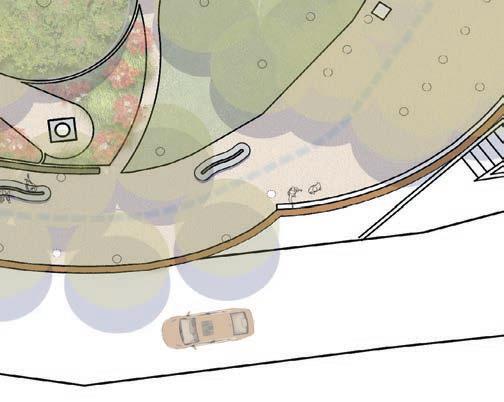
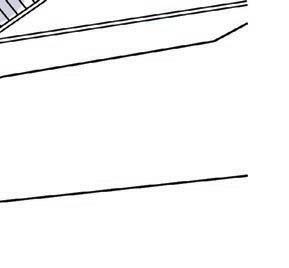





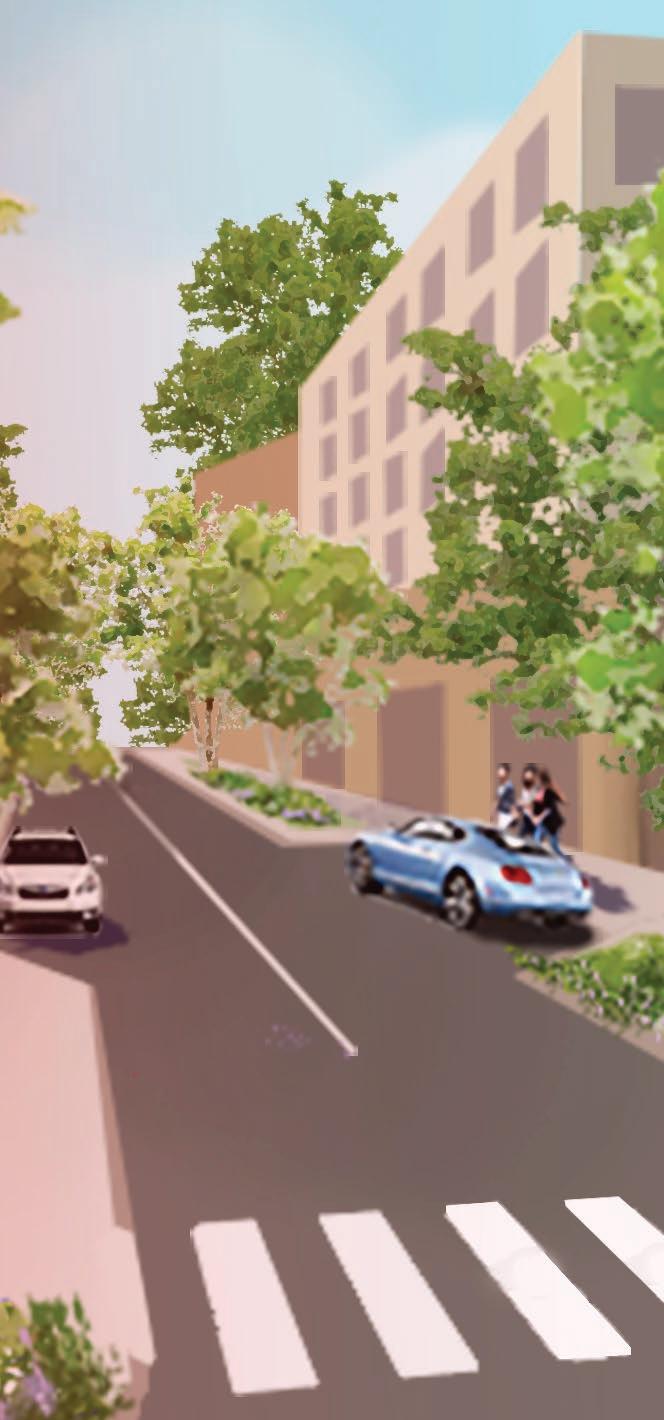
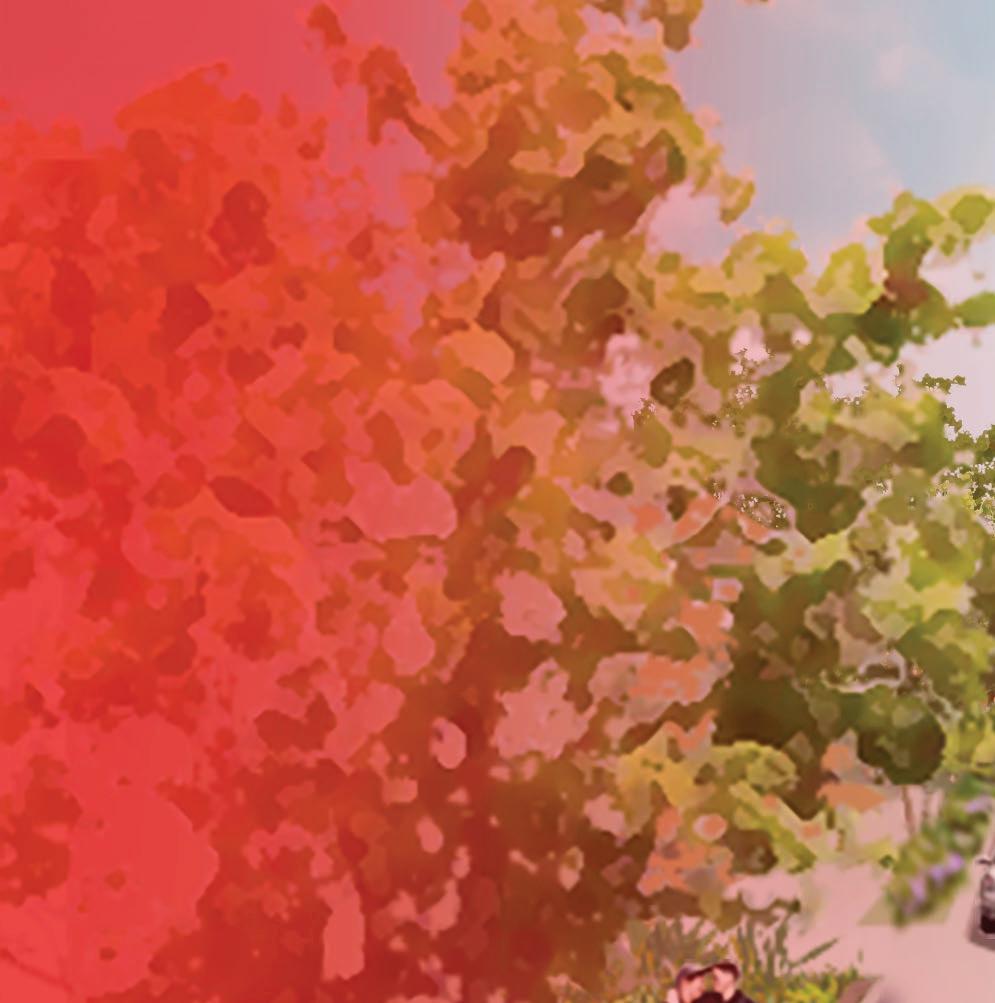 Perspective of Layton Park. Created in Photoshop
Athens, GA
Perspective of Layton Park. Created in Photoshop
Athens, GA
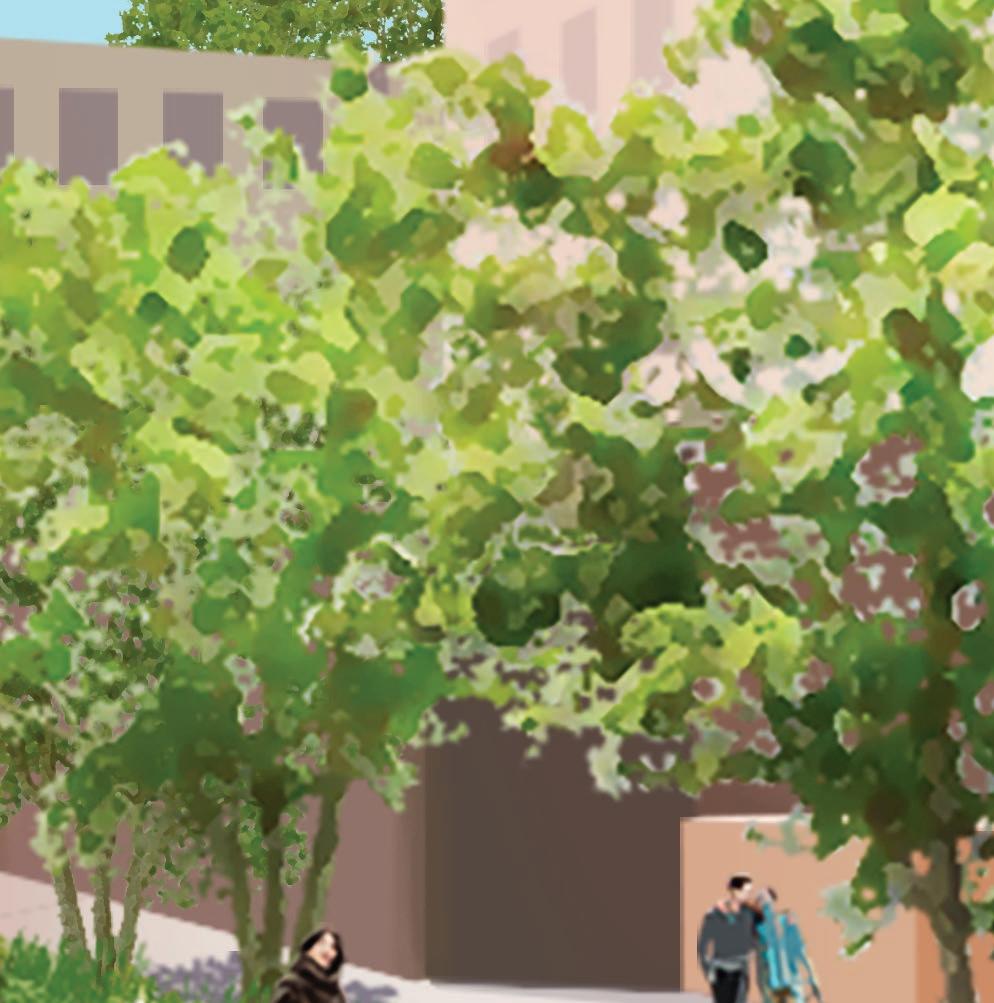


Mixed-use redevelopment aimed to create a live, work, play community that uplifts human and environmental health. Development plans include bio-swale and pervious paving stormwater solutions, access to ample greenspace, retail, and nightlife, and a variety of residential opportunities.
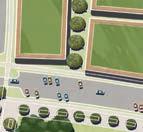


Studio project
Athens, GA
Spring 2020
1. ENTRANCE
2. BUS STOP
3. POCKET-STYLE TOWNHOMES
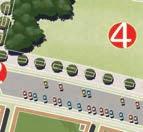
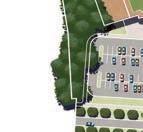
4. COMMERCIAL GREENSPACE


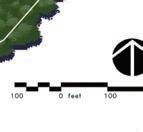
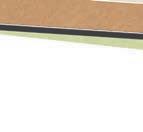
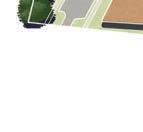
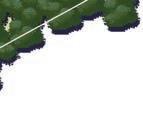

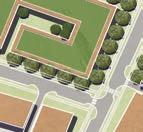
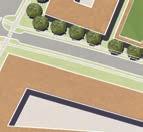

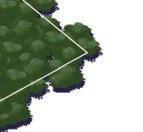
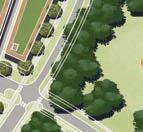
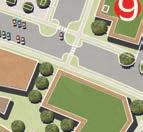






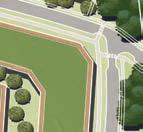





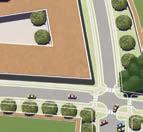
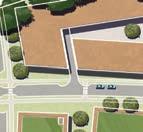
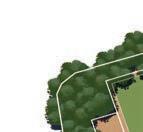






5. RESIDENTIAL GREENSPACE
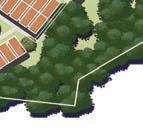
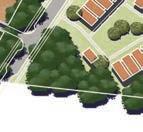

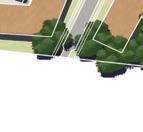
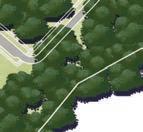
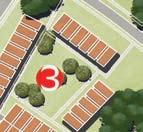
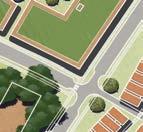
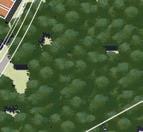
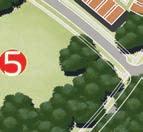
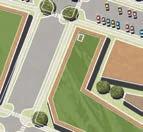
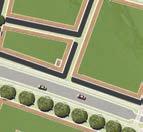

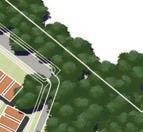
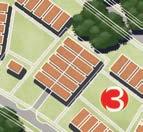
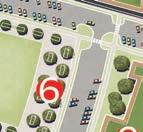

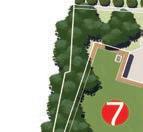
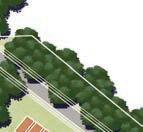
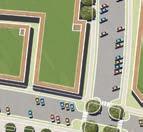
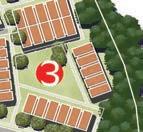
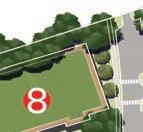
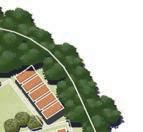
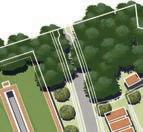
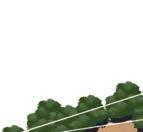
6. PLAZA
7. GROCERY STORE
8. DEPARTMENT STORE
9. HOTEL











The site currently serves as a large shopping mall, taking up large swaths of impervious space for parking. The current configuration is outdated, detrimental to the environment, and vehicle-centric.




The configuration of the blocks, parks, commercial and residential spaces were determined through many sketched iterations. This final design consolidates density, prioritizes greenspace, and resolves the unusual shape of the site.



The final design prioritizes human and environmental wellbeing. Walkability, access to greenspace, restoration of forests, and green infrastructure all contribute to creating a safe, healthy, and joyful community
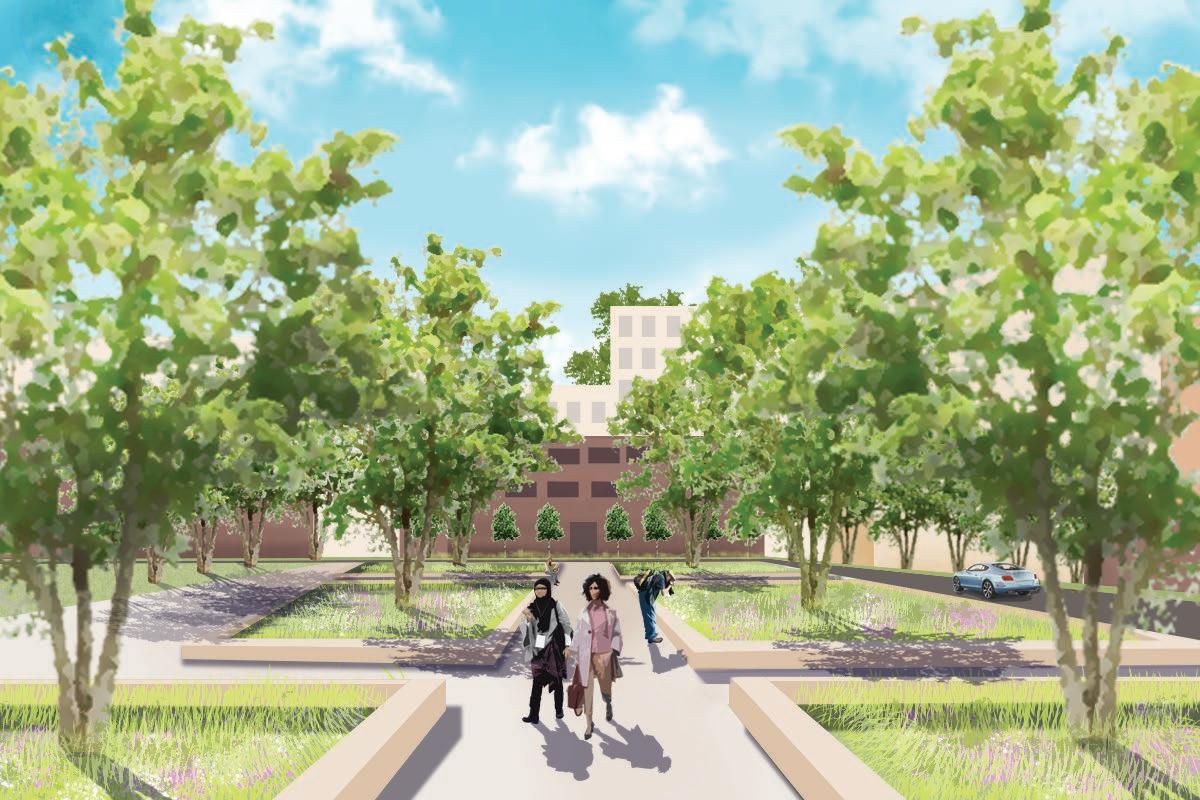















 Perspective of community plaza. Created with Photoshop
Perspective of community plaza. Created with Photoshop
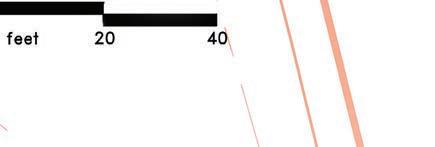




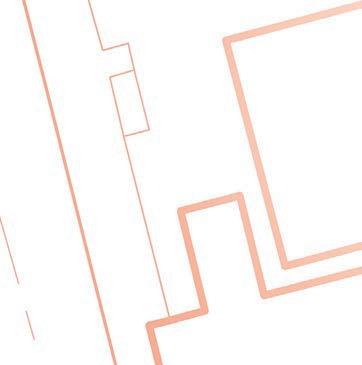
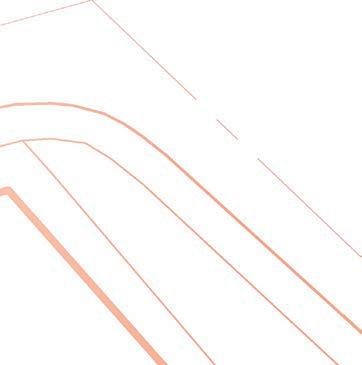
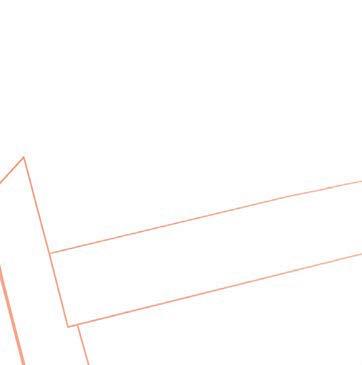
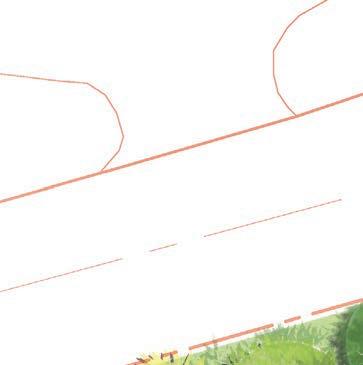

This plaza is designed to be a connection point between downtown Athens, the College of Environment and Design, and the Sculpture buildings at the University of Georgia. The site’s historic purpose as a point of connection between city, railroad, and nearby river has been revitalized, restoring its value to the local community.
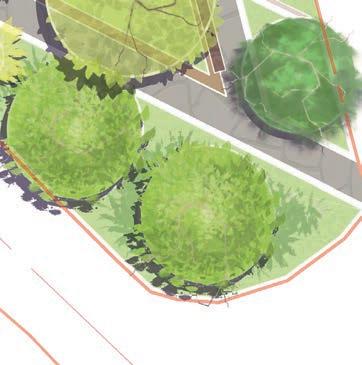
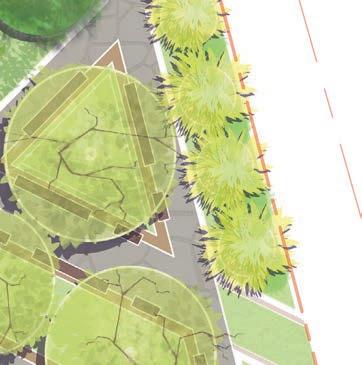




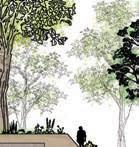





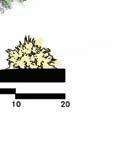
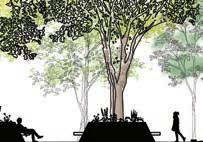

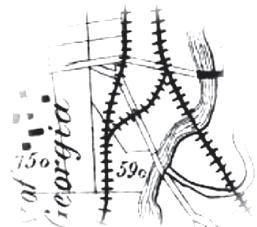




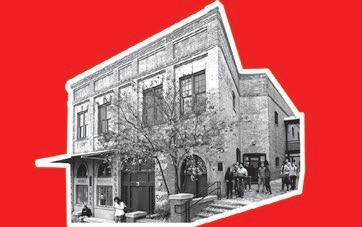
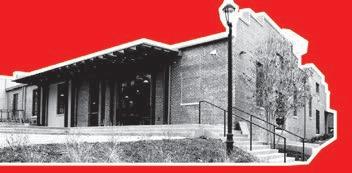



1 2 3 4

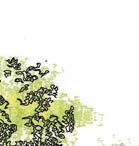



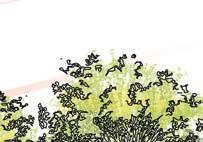
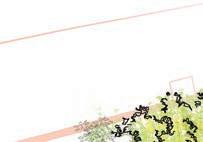








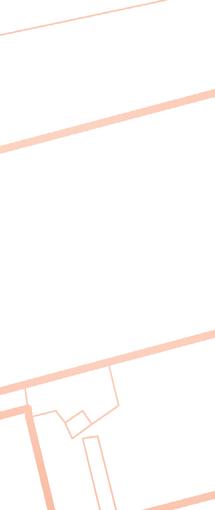 UGA TANNER BUILDING
UGA INNOVATION HUB
NORTH OCONEE RIVER
FORMER RAILROAD
SECTION ELEVATION 1
SECTION ELEVATION 2
UGA TANNER BUILDING
UGA INNOVATION HUB
NORTH OCONEE RIVER
FORMER RAILROAD
SECTION ELEVATION 1
SECTION ELEVATION 2
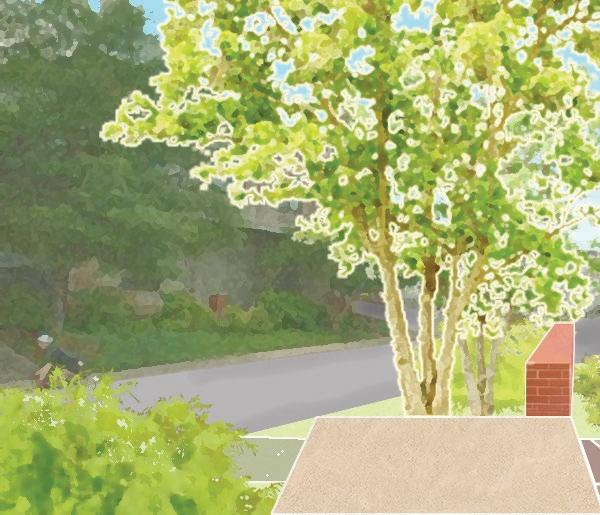

Studio project


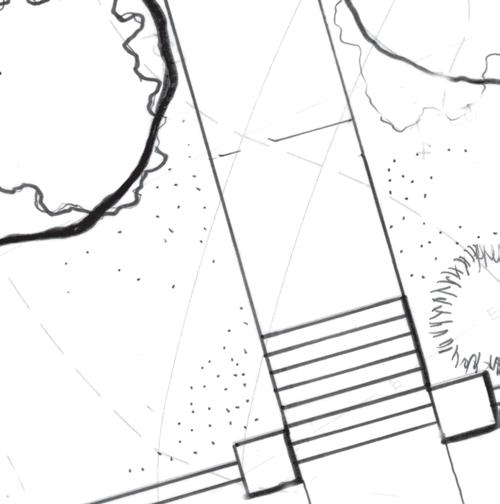
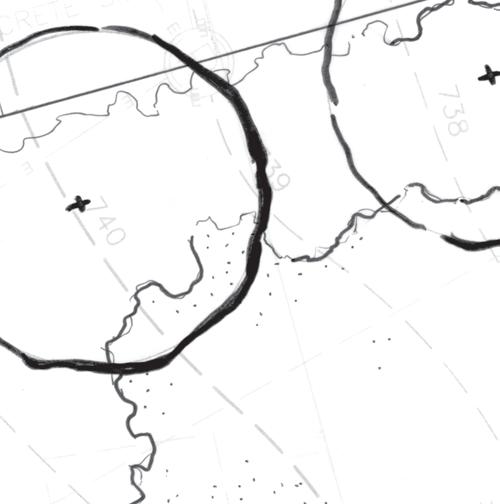
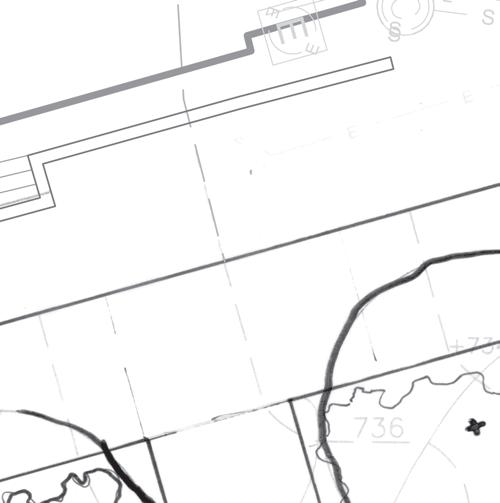

Athens, GA
Fall 2022

The North side of The College of Environment and Design is largely under-utilized and not designed to be occupied by people. This redesign includes plaza space for students and faculty to rest, study, meet and gather. The West side of the plaza features an alumni plaque wall to honor the many bright and talented people who have come through the program.
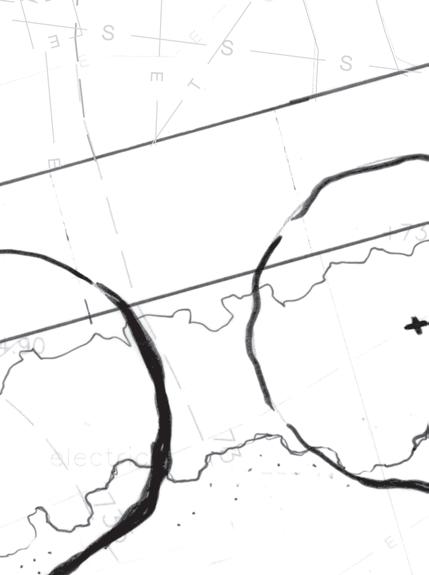











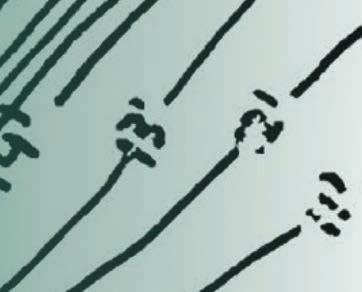


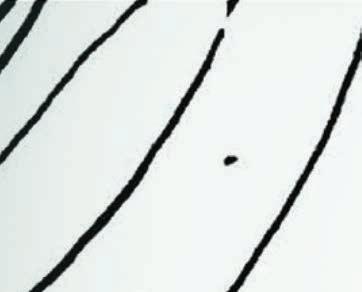

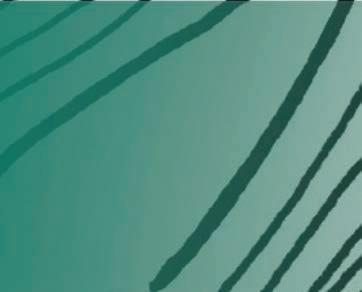

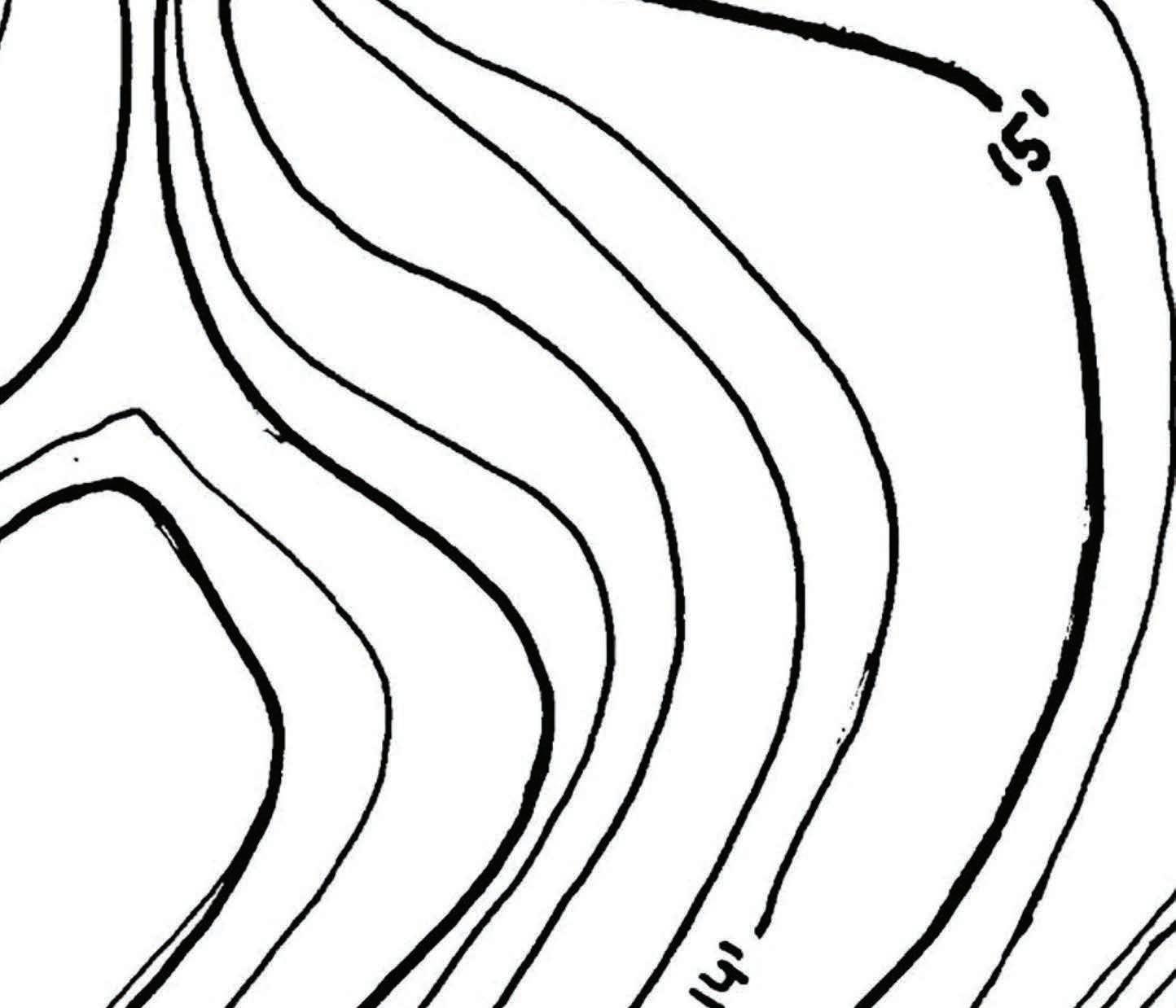

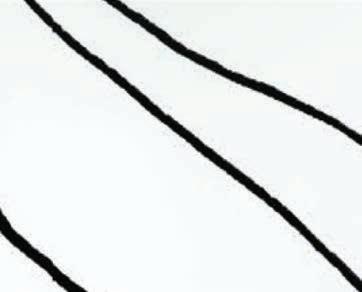









































This project was an exercise in designing a conceptual landscape from scratch that embodied an assigned adjective. This project explores how to create a sculpture park landscape that responds the word Dynamic through topography, plant selection, and pathway. Each element supports the concepts of change, activity, variety, and progress, taking visitors on a journey through the site to the sculpture.
Athens, GA
Spring 2020


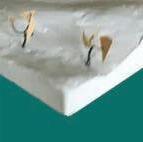

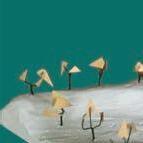
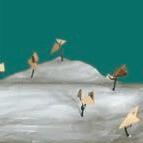
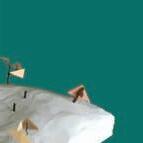

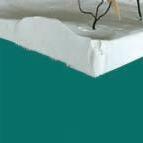

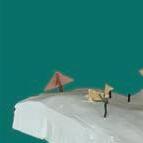

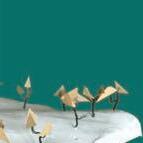

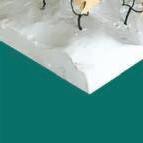

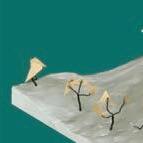
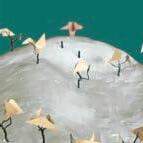
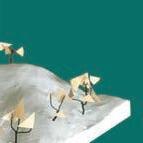

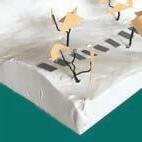

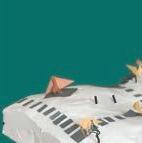
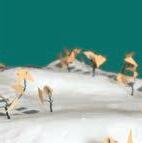
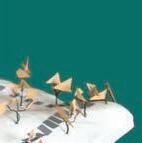

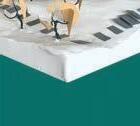

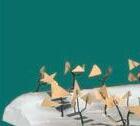

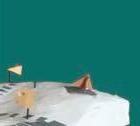



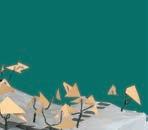















 Sketched plan of conceptual sculpture park
Sketched plan of conceptual sculpture park



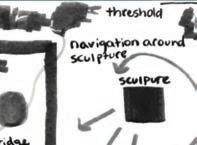

















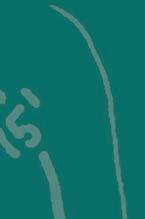


The topography of the site is an abstraction of a wavelength, fluctuating between ridge and valley to emulate movement and variety. The site experience changes depending on the way one decide to navigate, creating a dynamic experience.

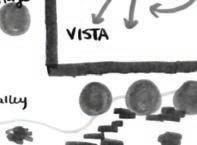
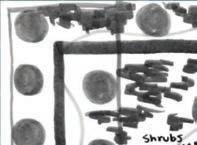


































The pathway and tree placement contrasts the undulating topography by following a linear, perpendicular path around the site. The distance between the pavers responds to the rise and fall of the slope and trees line the path, with intentional gaps highlighting important views and creating both enclosed and open spaces.
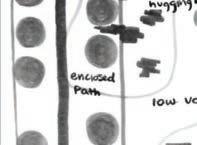 Form and Fabric of conceptual sculpture park
Form and Fabric of conceptual sculpture park

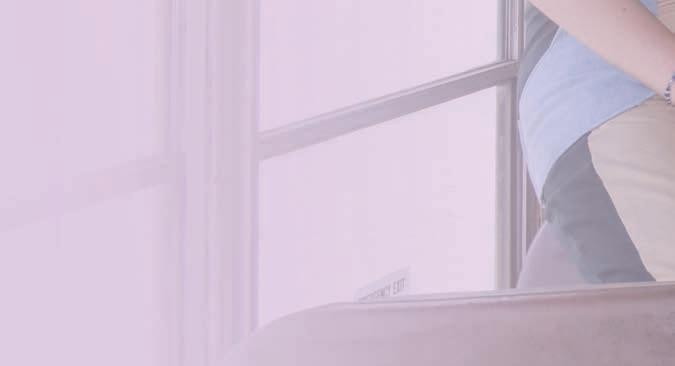
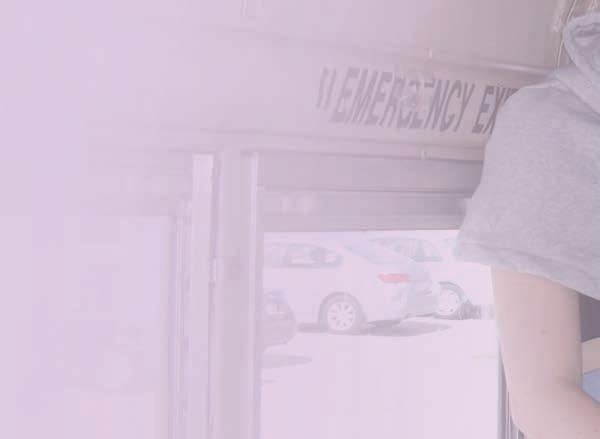
Individual project




Atlanta, GA Spring 2019
This collection was designed and constructed on my own for my senior fashion design collection in high school. The collection aimed to combine effortless streetwear with unexpected details. to create fresh, unique and easy to wear looks
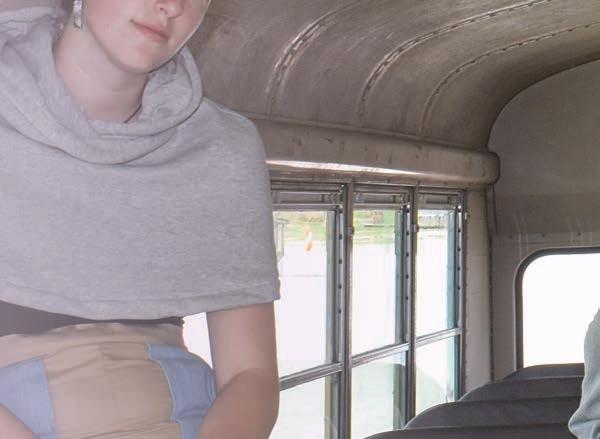
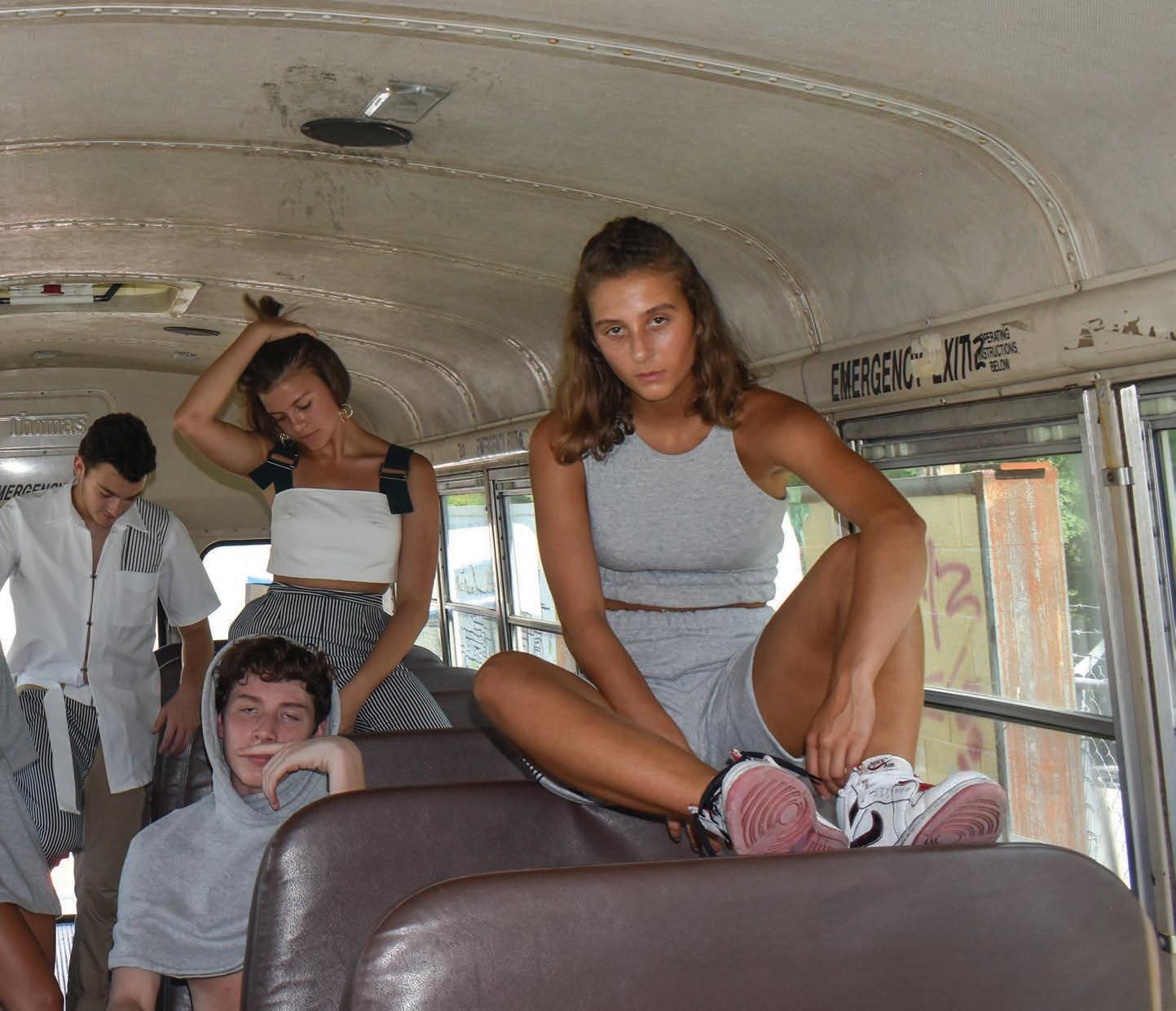
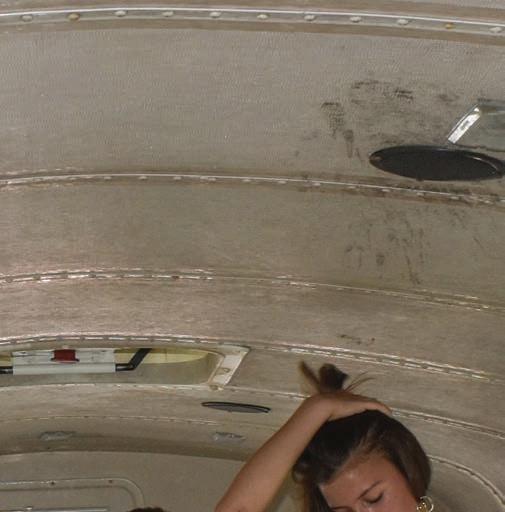

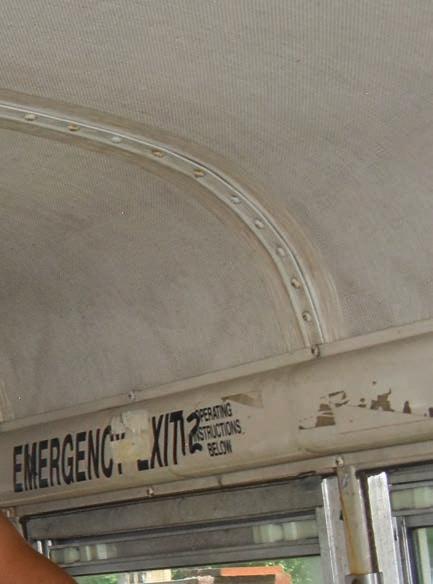
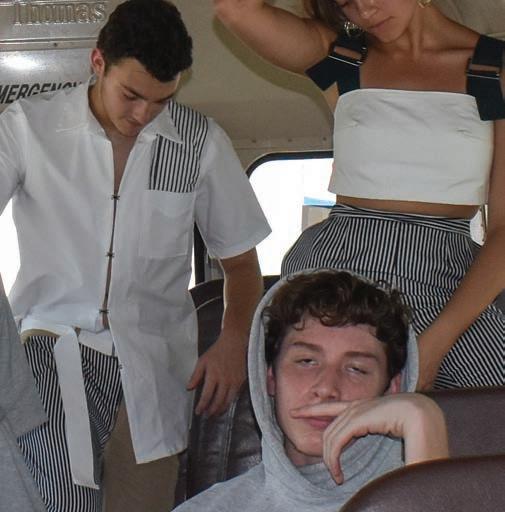
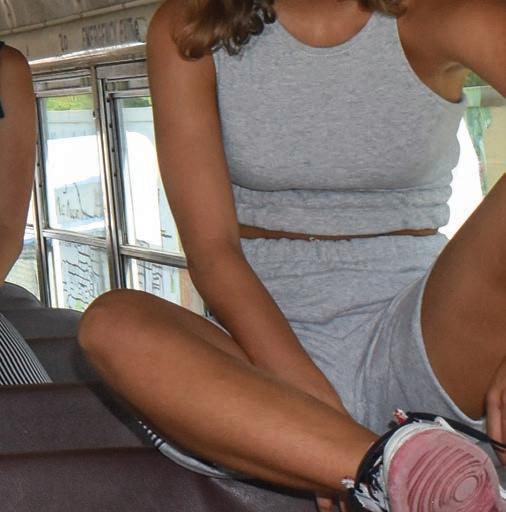
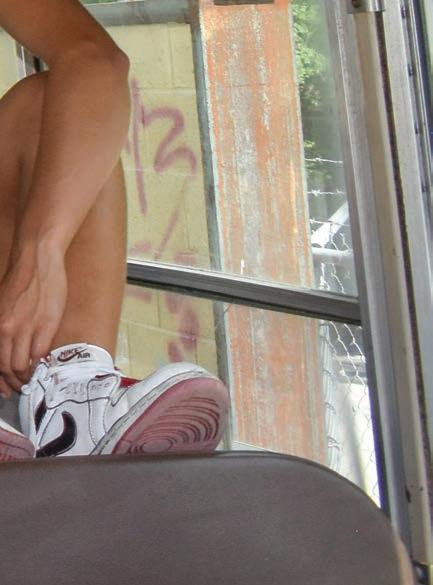



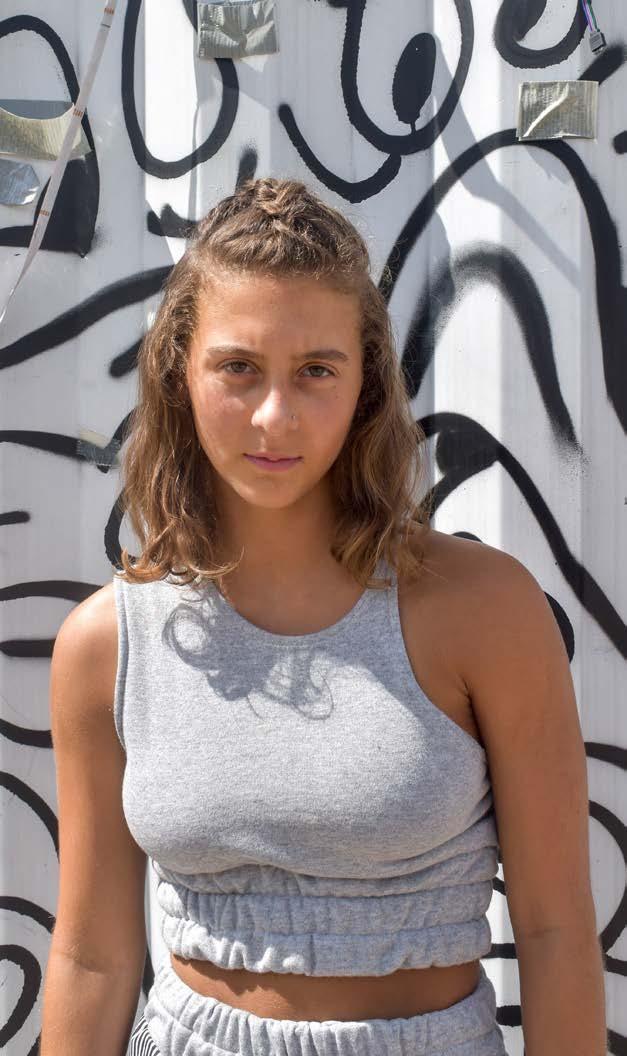

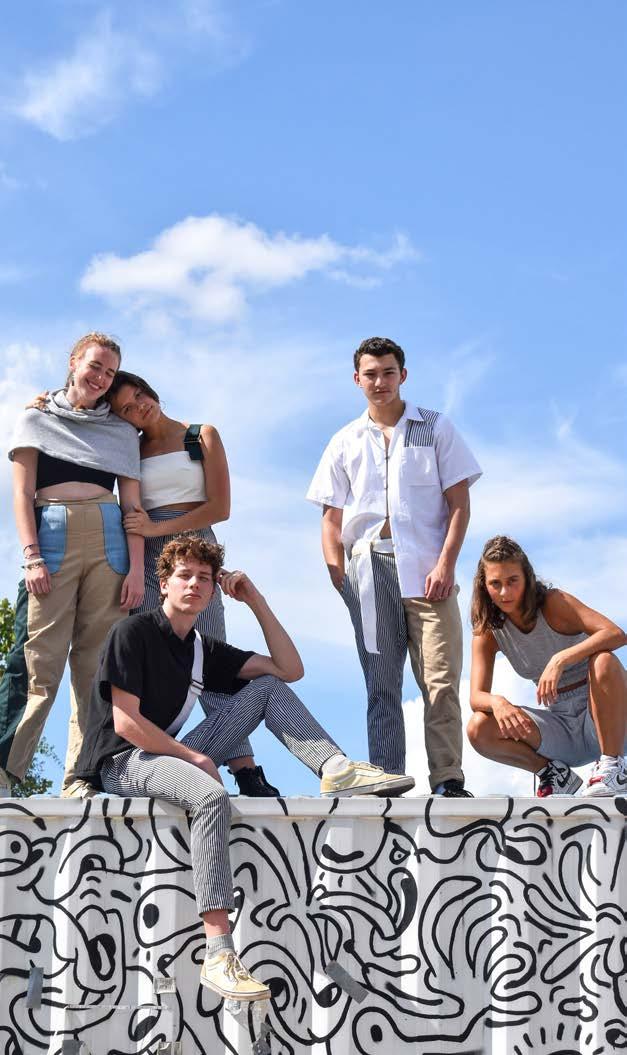 Photo series shot by Aziza Hutcherson
Photo series shot by Aziza Hutcherson













In 2022, I co-founded SEED Collective (Students for Equity in Environment and Design), an Interdisciplinary, studentled collective created to provide support and mentorship to marginalized students within the College of Environment + Design. The main goals for SEED Collective include creating and facilitating a space for discussion, engaging with the community both within and outside of the college,and providing students with an opportunity to network with other like-minded professionals and colleagues.
Student Organization












Athens, GA
Fall 2022
Thursday, September 29th 10am - 12:30pm














